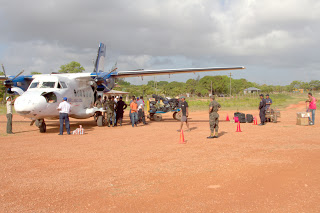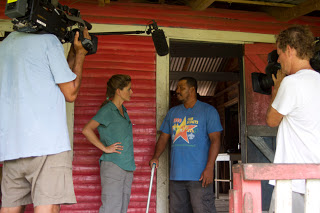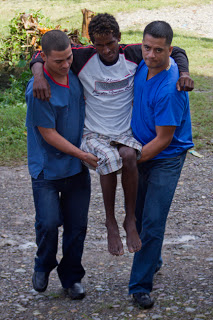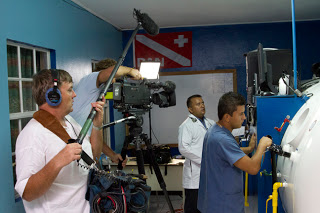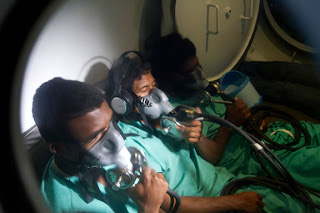Washington DC is full of monuments. (Yes. I know that is a fairly obvious statement. I get it.) I was there earlier this week and had to pick and choose which ones I spent my limited time appreciating. We hit all of the majors–Washington, Jefferson, Lincoln, FDR and MLK.
 |
| Women in Vietnam Memorial |








